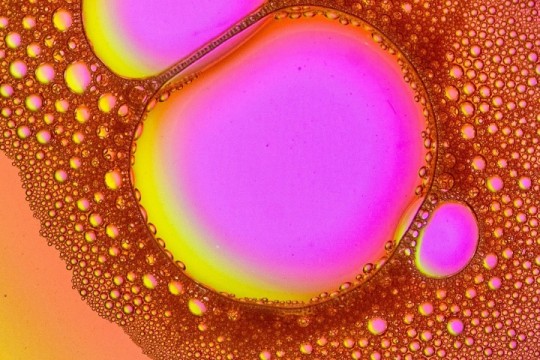
Moumita Das
Professor, Physics
Moumita Das
Professor, Physics
Education
BS, MS, Jadavpur University (India); Ph.D., Indian Institute of Science (India); Postdoc, Harvard University, UCLA, Vrije Universiteit Amsterdam (The Netherlands)
Bio
Biological cells and tissues are soft and squishy yet highly resilient and robust. My research seeks to uncover the physical principles that enable their remarkable properties and their adaptability. Using statistical and soft matter physics, mechanics, and quantitative biology, we create mathematical models and biophysics theories for network-like structures such as the cytoskeleton of cells and extracellular matrix of soft tissues. Our analytical and computational methods study their emergent properties and dynamics, aiming to understand the biophysical rules of life and replicate these in synthetic materials with experimental collaborators. I am a Fellow of the American Physical Society.
Currently Teaching
In the News
-
January 2, 2024

RIT’s Moumita Das elected as American Physical Society fellow
The APS Fellowship Program was created to recognize members who have made advances in physics through original research and publication, innovative contributions in the application of physics to science and technology, or teaching or service in the activities of the organization. No more than one half of 1 percent of the APS membership, excluding students, is recognized with fellowship.
-
May 8, 2023

Squishing the barriers of physics
Four RIT faculty members are opening up soft matter physics, sometimes known as “squishy physics,” to a new generation of diverse scholars. Moumita Das, Poornima Padmanabhan, Shima Parsa, and Lishibanya Mohapatra are helping RIT make its mark in the field.
-
February 14, 2022

RIT scientists develop biophysical model to help better diagnose and treat osteoarthritis
Scientists from RIT and Cornell University have teamed up to explore cartilage tissue’s unique properties with the hopes of improving osteoarthritis diagnosis and treatment. The team published a new paper in Science Advances outlining their findings.
-
October 17, 2022
RIT hosts Upstate NY soft matter workshop
-
June 2, 2022
Lasko wins award for academic excellence




